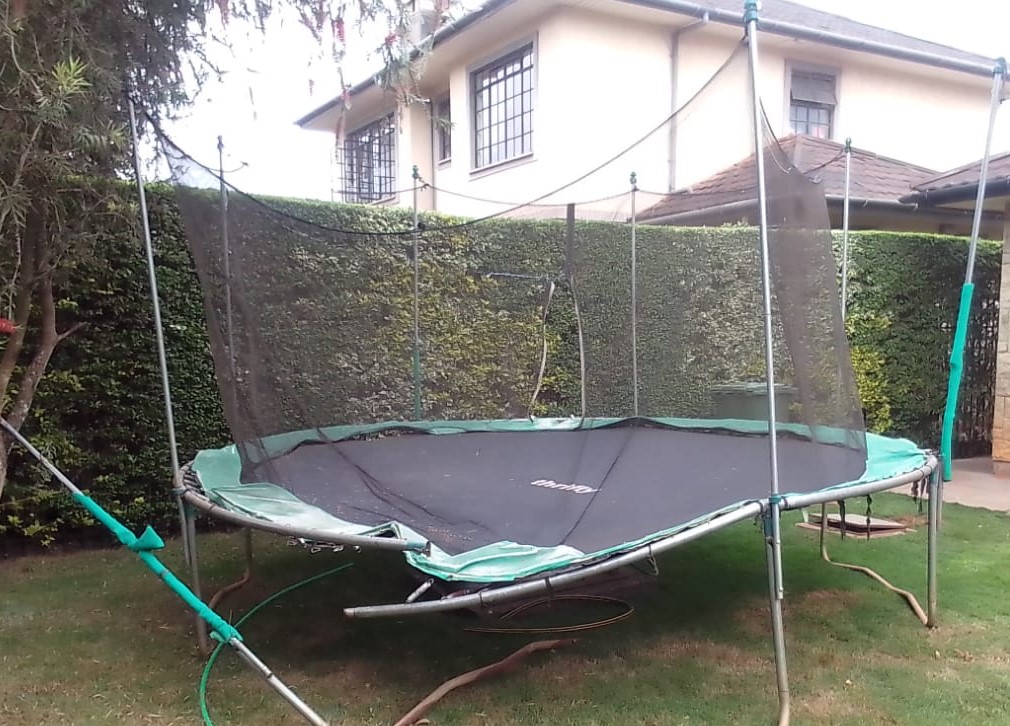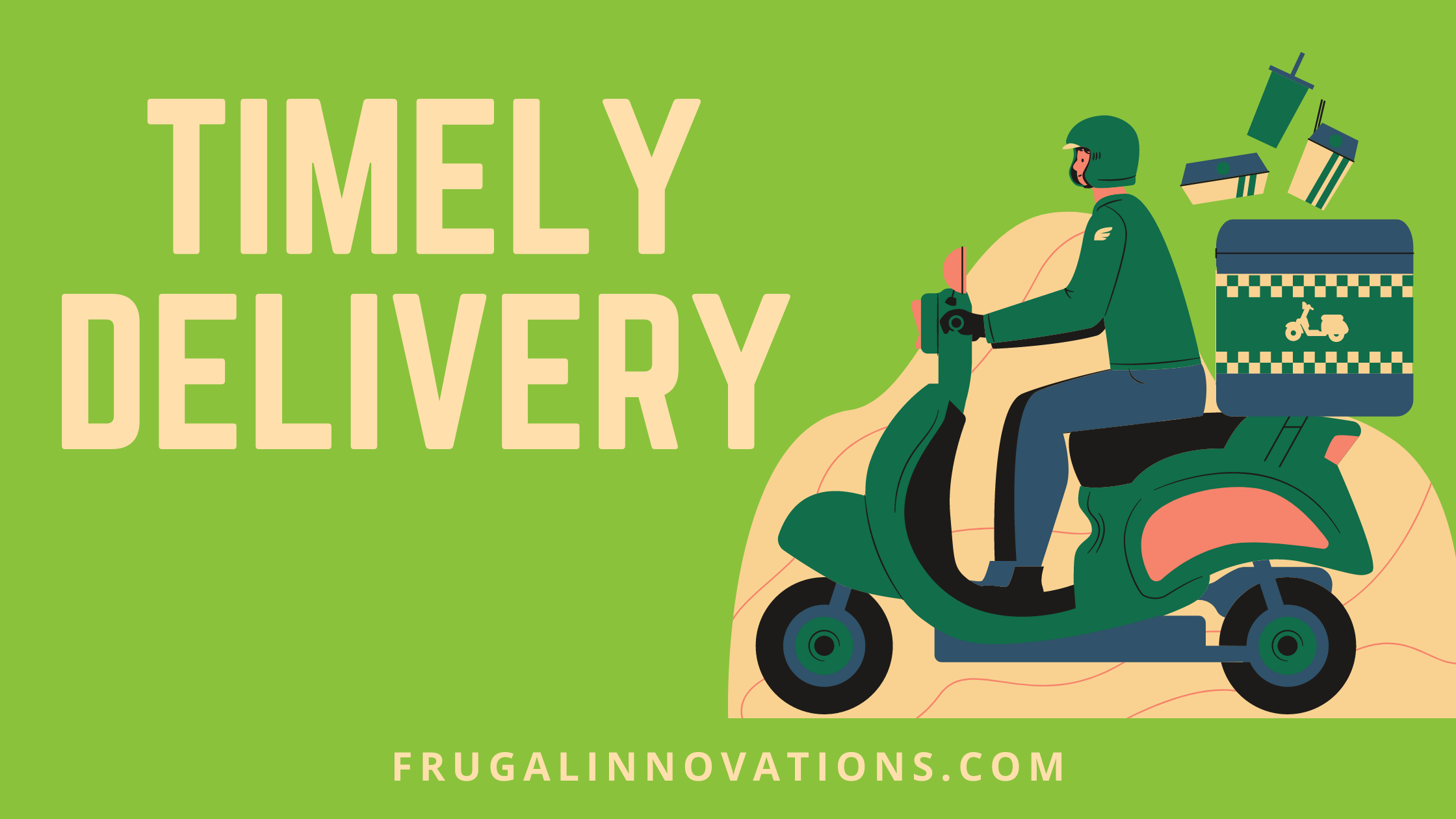What Happens to Very Old Trampolines in Nairobi? The Scrap Yard Truth

In Nairobi’s ever-adaptive secondhand economy, almost nothing truly goes to waste. From repurposed car parts to refurbished electronics, discarded items find new life in the city’s dynamic scrap metal and jua kali markets. But what about leisure equipment like trampolines? As their popularity grows in estates and schools across the city, a question quietly emerges: What happens to very old trampolines in Nairobi once they break, tear, or rust beyond repair?
The answer lies in a network of scrap yards, metal fundis, and creative informal engineers scattered across neighborhoods like Gikomba, Industrial Area, and Dagoretti. Trampolines, it turns out, are more valuable broken than most people think.
Visit our shop HERE to explore all our products
To order call: +254722724893
Email: info@thriftyent.com, thrifty.ent@gmx.com
The Trampoline’s Afterlife: A Breakdown
A trampoline may look like a single item, but it’s actually a combination of high-tensile springs, galvanized steel frames, polypropylene mats, and polyester safety nets. Each of these components has a potential second life, especially in Nairobi’s thriving reuse markets.
Springs, the most durable part of a trampoline, are highly sought after by local artisans. A fundi in Industrial Area, ‘Peter’, explained: “These springs are tough and flexible. I use them to make everything from chair supports to handmade tools.” He added that their coiled shape makes them ideal for crafting shock-absorbent mechanisms or DIY locking devices.
The metal frames, often made of galvanized steel tubing, are equally prized. In Gikomba’s scrap lanes, these are sold by the kilo to welders and bicycle frame builders. In fact, some outdoor furniture fundis cut and reshape old trampoline tubing into garden chairs, metal bed frames, or even street vendor stalls.
Mattresses, Mats, and Nets: Upcycling in Action
The trampoline mat itself, made of tough, UV-resistant polypropylene, is another repurposing gem. While not as universally recyclable as metal, it’s highly reusable. In Kawangware and Umoja, you’ll find fundis using cut sections of trampoline mats as patching material for greenhouse covers, floor mats, or even window shades in small workshops.
The safety nets and padded covers don’t always survive Nairobi’s harsh sun or rain, but if intact, they’re sometimes turned into sack linings, temporary roofing, or gardening shade mesh.
From Backyard to Gikomba
When a trampoline finally gives up, it often gets dismantled and sold in pieces. Some Nairobi residents sell parts directly on Facebook Marketplace or Jiji Kenya, especially in estates like South B, Karen, or Ruiru, where homeowners may upgrade their equipment or move homes.
Others take it straight to Gikomba, where fundis and scrap buyers pay modest prices based on weight and material. A vendor at the Gikomba scrap zone said: “Trampoline frames are good metal. They come in strong, light pipes. Better than some beds.”
There’s also a niche trade in secondhand trampoline parts. A small group of traders salvages usable springs and frame sections to sell to trampoline repair services or schools that can’t afford new equipment.
Disposal Challenges: The Waste That Doesn’t Fit
Not every part of a trampoline can be salvaged. Torn foam padding, cracked plastic joints, or frayed safety netting often ends up in Nairobi’s Dandora dumpsite, adding to the city’s plastic waste crisis. Because Nairobi lacks a formal recycling program for complex composite materials, some trampoline parts contribute to non-biodegradable waste, especially if not handled correctly.
There’s also the issue of hazardous disposal. Some trampoline brands use coatings or rubberized parts that degrade into microplastics. Without formal collection systems, these materials are left in the open, contributing to pollution in surrounding rivers or open grounds.
Can Nairobi Create a Trampoline Reuse Ecosystem?
The potential is certainly there. Nairobi’s resourceful fundi economy is already salvaging parts, but a more coordinated approach could add value and reduce waste. For example:
NGOs or youth centers could collect broken trampolines for upcycling workshops.
Schools and playgrounds could receive refurbished trampolines built from salvaged frames and new mats.
Private waste haulers could partner with trampoline importers to establish buy-back or recycling programs.
If organized properly, Nairobi could become the first city in East Africa to establish a circular economy model around large-scale play equipment—something that benefits both the environment and the informal economy.
The story of old trampolines in Nairobi is one of resilience and resourcefulness. While many might see a broken trampoline as junk, Nairobi’s fundis and scrap dealers see possibility—springs that can be transformed, metal that can be shaped, and materials that can be reused in ways that few anticipate. Though the city still faces challenges in disposing of plastic-based components, the growing trampoline trend may just give rise to a new micro-economy of parts, repair, and repurposing.
In a city where creativity thrives in the margins, even the bounce of a broken trampoline doesn’t go to waste—it simply finds a new rhythm in Nairobi’s vast ecosystem of reuse.
- How to Safely Repair a Sun-Faded or UV-Damaged Trampoline Mat in Kenya
- Are Trampolines the Next Big Fitness Asset for Kenyan Women?
- How Nairobi’s Dust and Wind Patterns Affect Trampoline Lifespan — Best Trampoline Repairs in Kenya
- How to Start a Trampoline Hire Business in Nairobi — Costs, Earnings, Risks, Competition
- Frugal Innovations Kenya – The Most Reliable Trampoline Accessories Centre


